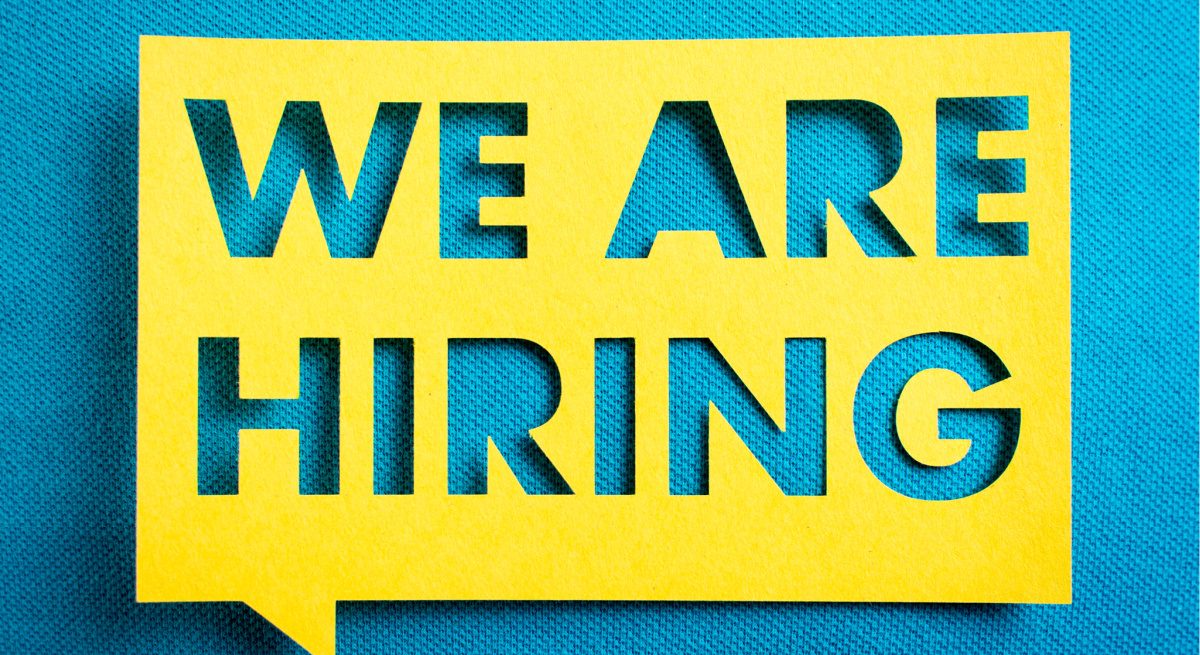Are You Ready for the Wave of Job Applicants?
4 Min Read By Dan Sines
As states begin to reopen across the country, restaurants are looking for ways to bring back customers and employees in a safe way. Unfortunately, many of these locations are now understaffed due to furloughs or layoffs. In fact, according to the Bureau of Labor Statistics, the hospitality industry lost more than seven million jobs in April.
With restaurants opening back up, hiring managers will need to find applicants to quickly fill positions. While some roles will remain the same, new positions around sanitation will likely be required to address not only CDC and State guidelines, but also customers’ concerns around safety in a post-pandemic world. Staffing open positions amid a surplus of available talent is creating a perfect storm for restaurant owners across the country. Instead of not having enough talent, hiring managers will now need to sift through hundreds if not thousands of job applicants quickly and efficiently to get their businesses back up and running.
The…
Sorry, You've Reached Your Article Limit.
Register for free with our site to get unlimited articles.
Already registered? Sign in!


